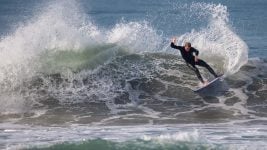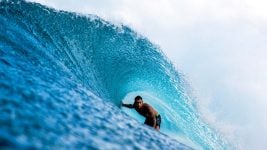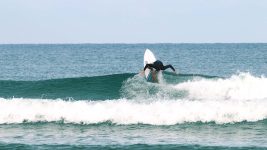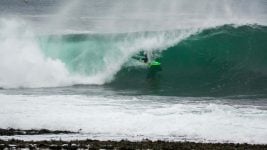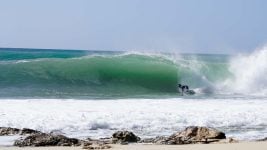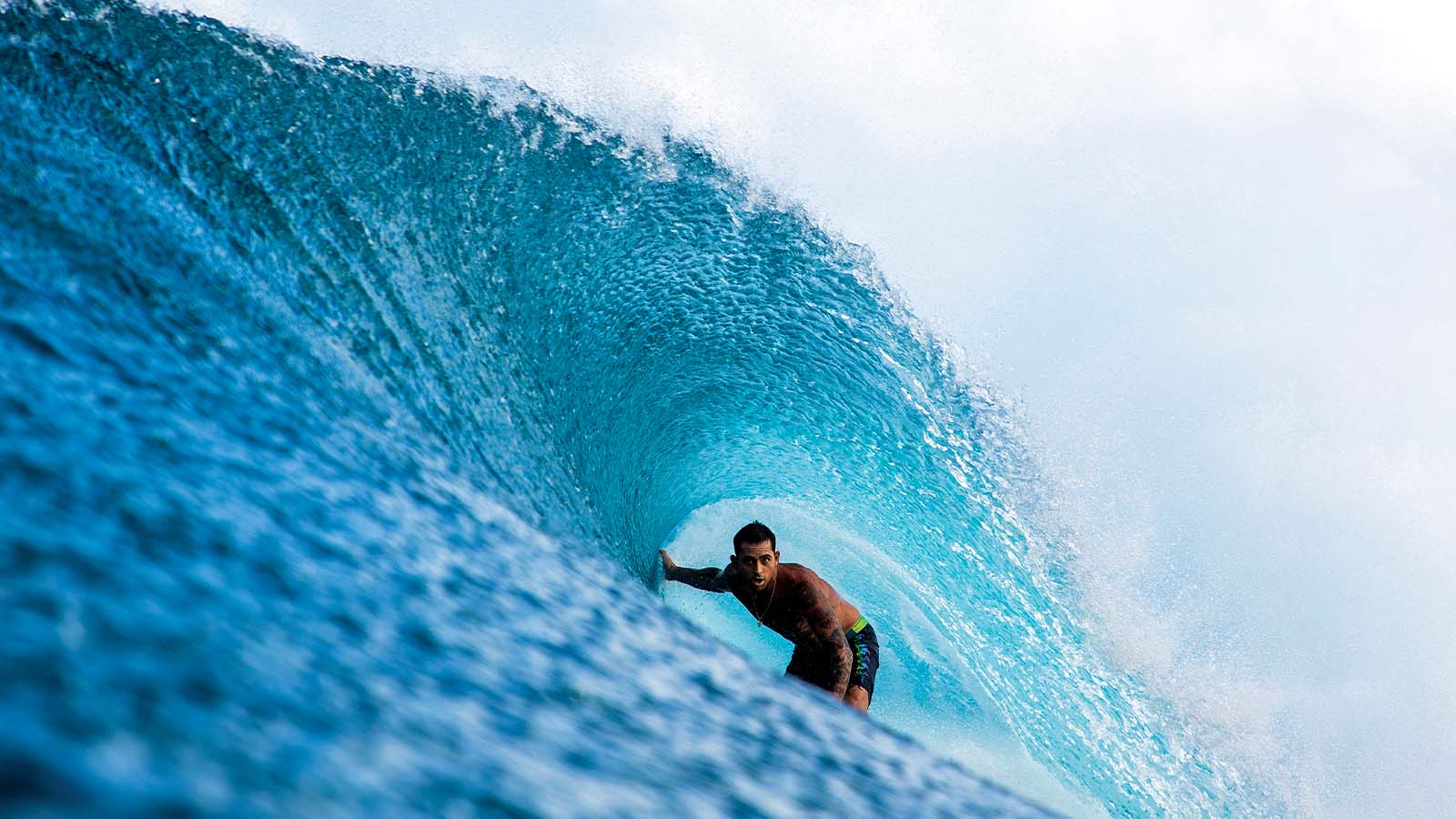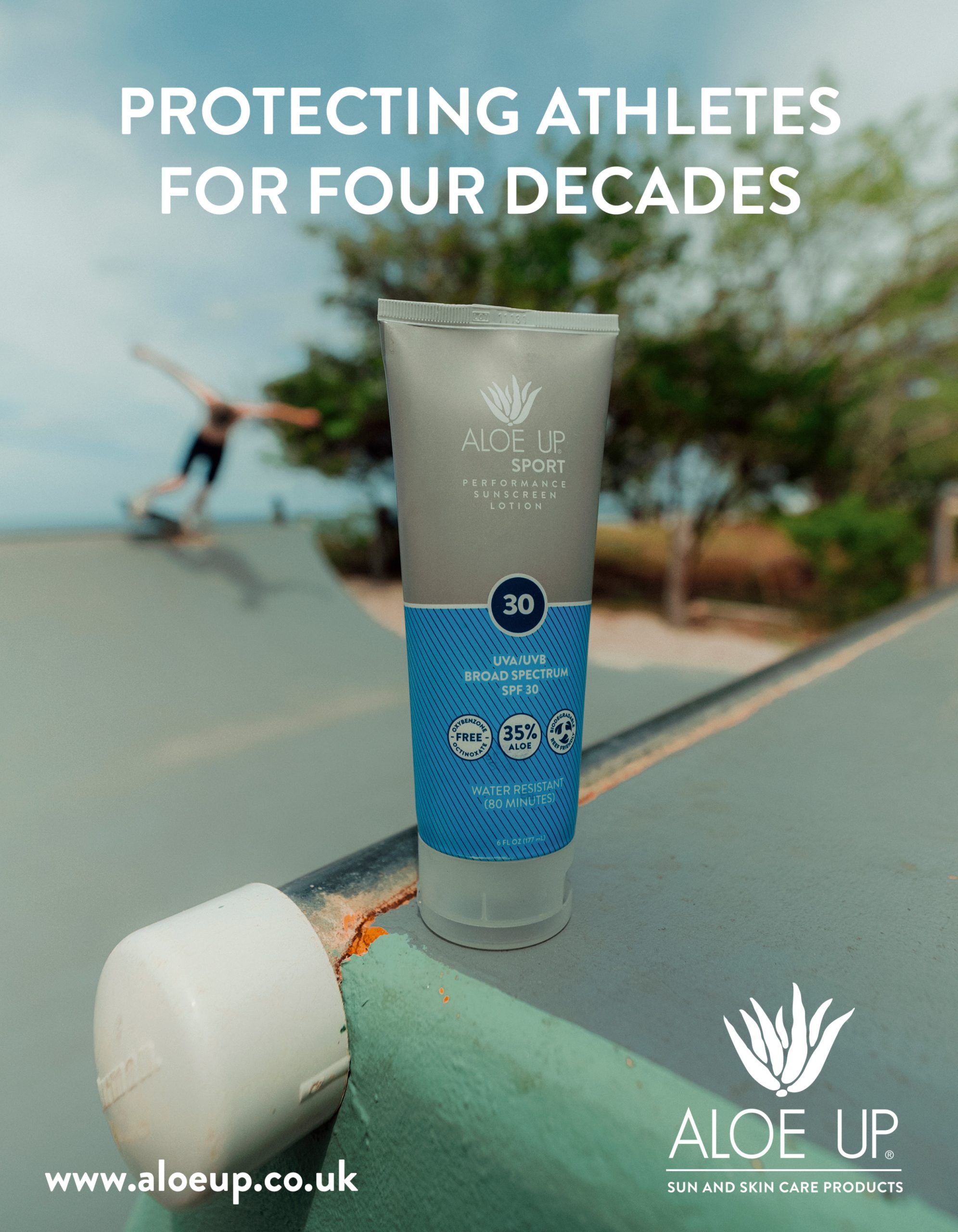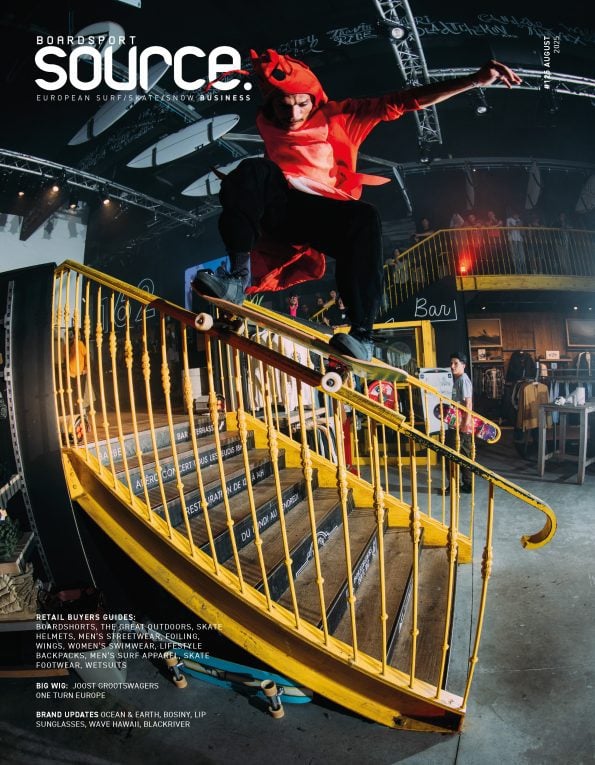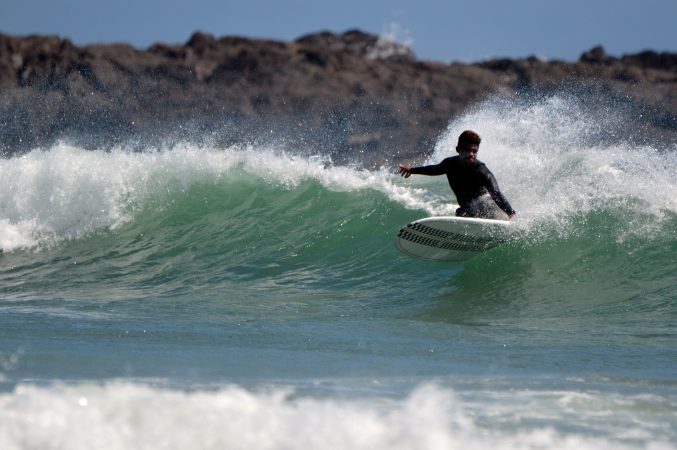
Norden 2023 Surfboards Preview
Retail Buyers Guide: Surfboards 2022 Retail Buyer’s Guide
Brand: Norden
Interviewee: Andy Wirtz, Owner, Founder & CEO
Looking back to 2022, the past year could be tagged as tricky: weakened spending power, overstocks in some segments, shortages for others… What was the ‘22 bottom line for your brand and what do you foresee for ’23?
As many brands that sell from stock, (not only selling custom orders) we were dealing with lots of over stock at the end of the season. But in surfing you don’t need to reinvent the wheel every year, so we will sell it this summer and produce a little less. I think the first half will be still a bit slow, but the second half should come back to normal, like before Covid standards, hopefully.
Which category(ies) is(are) performing most within your range: entry-level, high-perf, midlengths & retro crafts, funboards, longboards?
For us it is always been beginners to intermediates and a little bit of alternative/retro stuff. We haven´t changed much in our strategy, we never been a highperformance shortboard company.
What used to be considered as alternative crafts (twins, midlengths) are the new normal and overtook the classic performance shortboard sales. Does this mean the fun factor is more important than the actual performance? If we were to quote Phil Edwards: “The best surfer out there is the one having the most fun.”
I think this is nothing new, it´s always been like this. I think nowadays there is more and more highperformance shortboard companies that see the values in alternative crafts, instead of alternative brands moving into highperformance shortboarding.
A few years back, high-end techy EPS/carbon surfboards were the hype. But eventually the masses stick to an old-fashioned PU board. Isn’t the lack of innovation a threat for the development of the surfboard industry?
There is a place for all these constructions, nothing is good in everything. The consumer, the designers, the spot where you riding, will decide what works the best in which conditions. The costing will make the difference in the end, most consumers let their budget decide what they will buy and PU boards are still cheaper and faster to make.
Nowadays e-com is everything but negligible in the surfboard market: how do you deal with this channel (D2C, distribution partners, etc.)?
We´ve been working B2C and B2B since many years and this won´t change. We see a strong need for surf shops where people can go to and buy their stuff. But the market went online and that´s where a lot of people buy. We see more need for physical surf shops then pure online shops, as most brands sell B2C. The traditional distributor in each country that sits in between the brands and the retailers is a thing of the past, you only need one on each continent for the most…
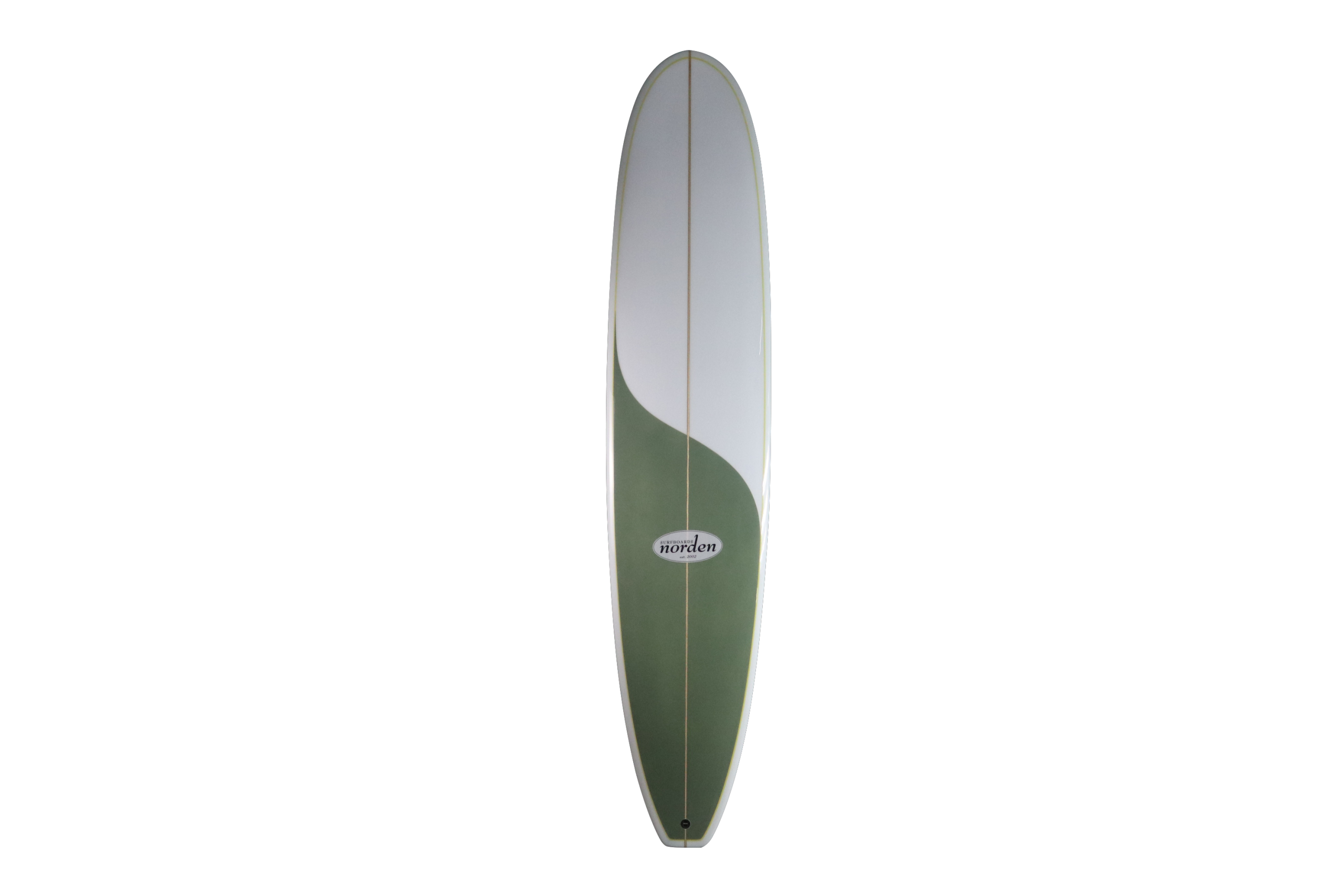
Performer92
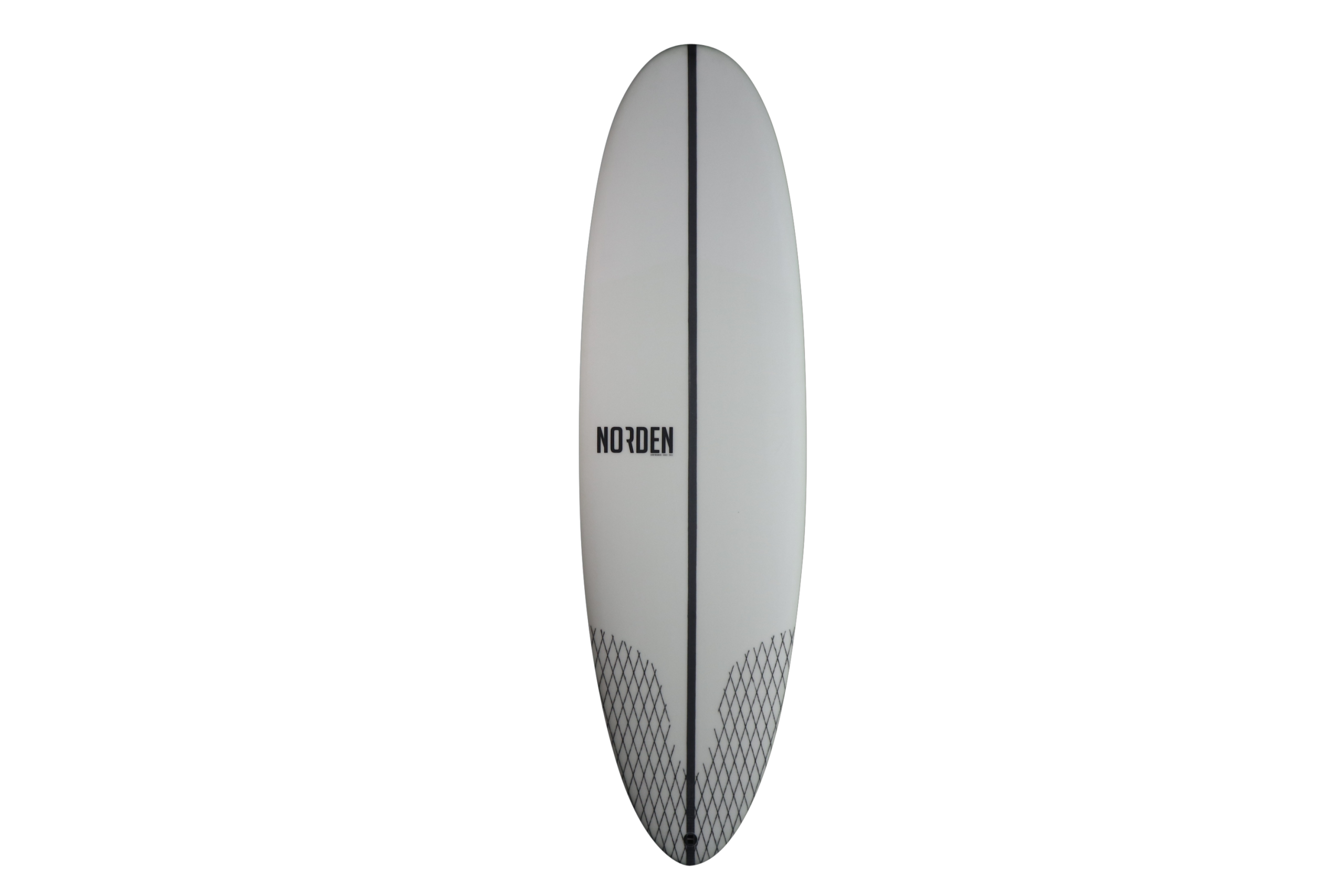
Time Machine AIR SLX
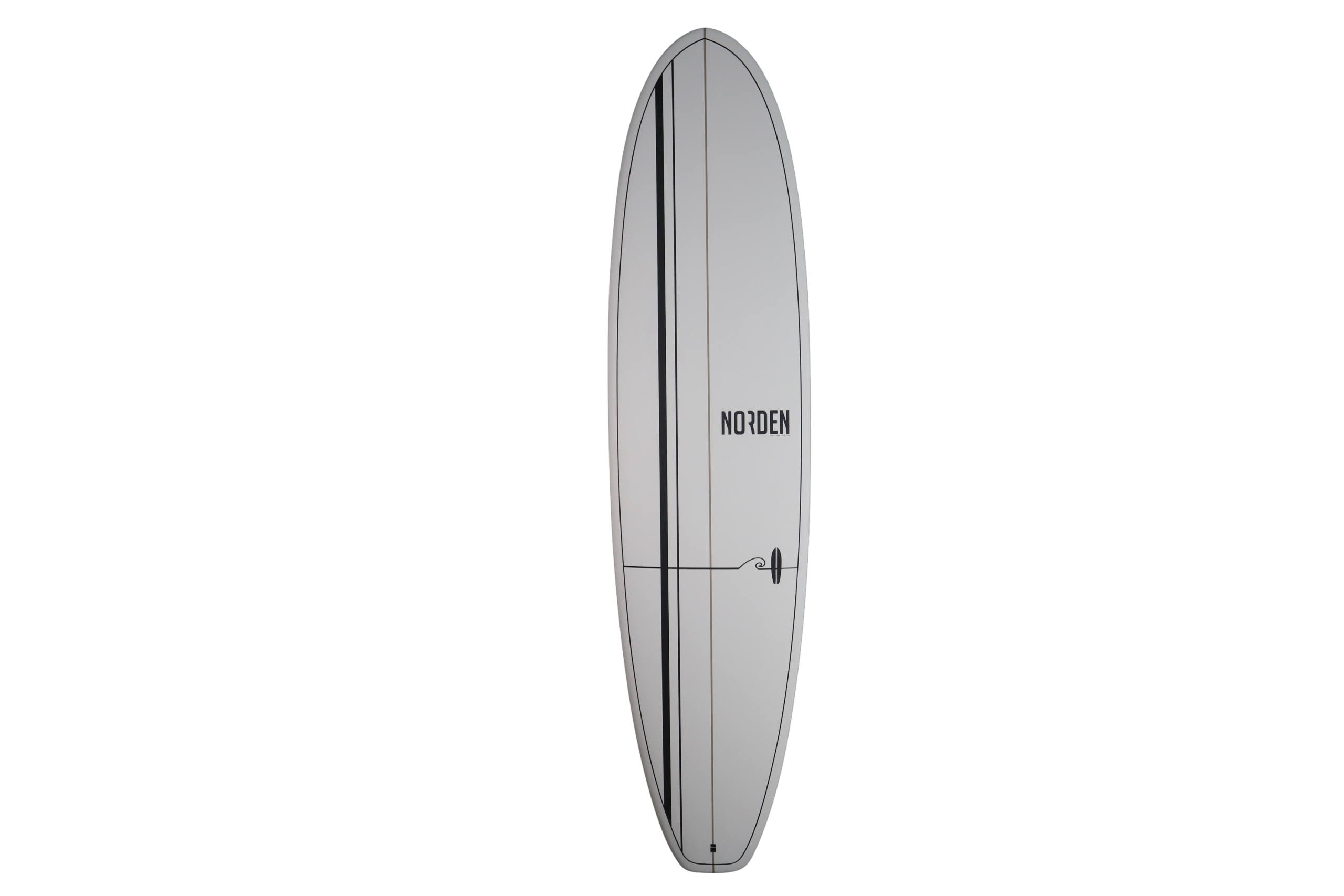
Mini Malibu First Ride




